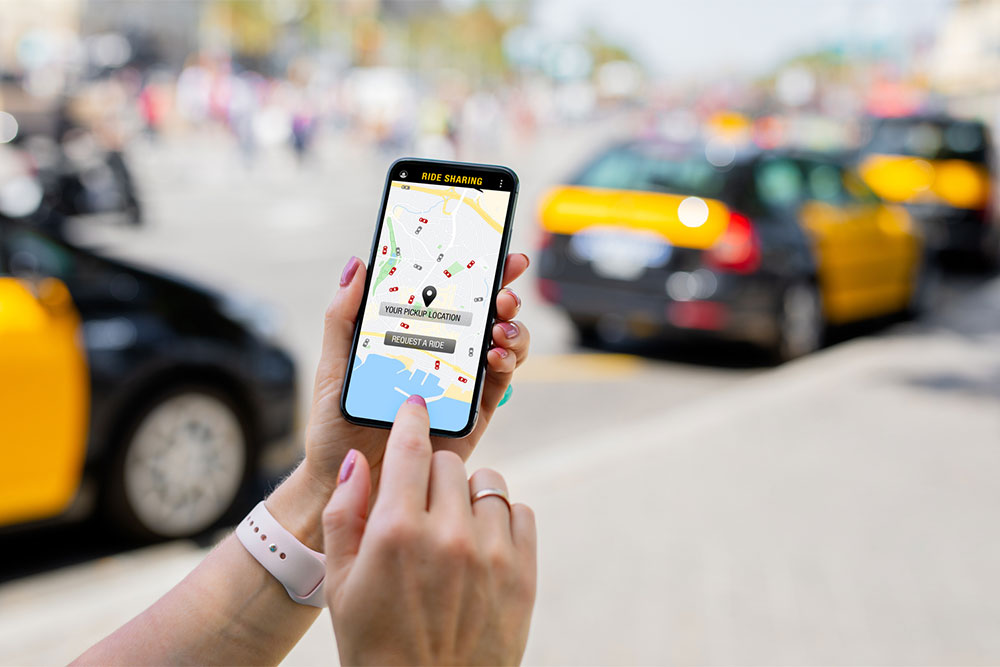Guide to Uber Cost Estimates
Uber, a popular transportation company, provides ride-hailing services by connecting drivers and travelers through its app. It works on a commission-based model, wherein passengers pay for the trip duration and distance covered. The company takes 20% of drivers’ income as a commission. Knowing how Uber’s price structure works can benefit travelers, as it allows them to expect and estimate the cost they will have to pay before they begin the journey.
Factors affecting Uber’s final price
The final Uber ride price is influenced by different factors, of which ride location, time of day, and distance traveled are the chief determinants.

How Uber calculates its rides
Uber has many layers of pricing that get added up to one’s fare:
1. Pickup fee
These are the basic charges that cover the operational costs. They depend on the distance a driver covers to reach the pickup location. The fees can be as low as $1 and, at the most, go up to $10.
2. Platform fee
This is the fee that drivers pay to Uber for using its platform. The fee does not include tips, tolls, tax charges, levies, etc., and it may not be applied to each trip.
3. Airport fee
Sometimes, Uber charges an additional fee for those who need to be picked up and dropped off at certain airports.
4. Wait-time fee
Any time a driver needs to wait for the traveler to arrive at the pickup location, Uber may charge a wait fee per minute to compensate for the lost working time.
5. Surge fee
This fee applies to areas with high traffic or demand for the app. The charges are a multiplier of the standard cost and can make the trip more expensive than usual.
6. Tolls and surcharges
One may have to pay tolls and surcharges for passing from one area to another with checkpoints. These usually apply during intercity travel.
7. Cancellation fee
This fee protects the drivers from pay cuts because of lost working hours. Canceling a ride within two minutes of booking one may not be chargeable, but anything over that may be subject to a flat cancellation fee of $10. Even if a driver cancels a ride after waiting for the traveler for more than five minutes, they may be subject to the cancellation fee.
8. Local fee
Travelers have to pay a local fee as per state regulations; a fund fee is an example.
9. Sales tax
The local sales tax rate, often a fixed percentage, may also be added to one’s fare.
10. Cleaning fee
Uber takes a fee from the riders who damage the interiors of a car due to spillage or any other reasons that require the drivers to clean up.
11. Upfront fare
Passengers pay an upfront fare to travel, and it includes the base rate and estimated time and distance.
It is crucial to know that the fee structure cannot be bargained. When customers accept a ride, they agree to pay for the trip. The fare might go up if they change the destination or add extra stops on the way. Passengers may also need to pay more if a trip takes significantly longer than anticipated. Suppose the upfront fare isn’t applicable; they will be charged the minimum fare or one based on the trip’s duration and distance.
Cost of Uber rides – How to calculate
The real-time Uber cost estimator is the simplest and most accurate way to calculate the price of an Uber ride. Simply open the Uber app, type in the destination, and enter the pickup location. The app will calculate the distance and estimate the price of the ride. This estimate may fluctuate based on traffic and the time of day. In addition, various online Uber price estimators and tools are available.
It is vital to know that these prices are estimates, and the actual fare might be slightly different based on traffic and unexpected waiting periods. For instance, during peak hours, Uber uses dynamic pricing, which means the fare increases when demand exceeds driver supply. Customers will be alerted to any price surge, giving them the option to wait.
The fare estimator is a tool that can help customers manage travel costs effectively. This is especially beneficial for longer planned trips. Those planning a weekend getaway, for example, can compare splitting an Uber fare with petrol, car rental, and public transport costs.
How much Uber charges per mile
Different factors, as seen earlier, like ride location, vehicle type, time of day, and distance, can influence the final fare, but on average, Uber charges between $1 and $2 for each mile. These prices exclude add-on fees and may vary based on the location and rush hours as well.
A survey tagged Uber rides as being up to 40% less costly than taxi fares. That said, the trend reversed during peak hours, when Uber’s prices surged and matched or even exceeded taxi fares.

